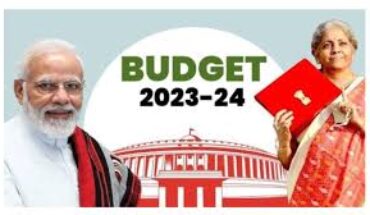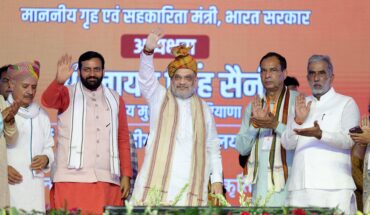China’s claim that the U.S. Indo-Pacific strategy is aiming to create “an Indo-Pacific version of NATO”, as the Chinese Foreign Minister, Wang Yi, put it on March 7, is not new. Indeed, even as long as 15 years ago, during the first iteration of the now revived India, Australia, Japan, U.S. Quad, Beijing warned of an impending “Asian NATO”, which, of course, never materialised. The latest statement does, however, assume significance in the current global context and amid the crisis in Ukraine. Wang, speaking in Beijing during the National People’s Congress, accused the U.S. of “stoking geopolitical rivalry” by “forming exclusive clubs”. He said by “strengthening the Five Eyes” intelligence alliance and “peddling the Quad, piecing together AUKUS and tightening bilateral military alliances”, the U.S. was leading what he called a “five-four-three-two” formation in the region. The broader goal, he said, was “to establish an Indo-Pacific version of NATO”. In recent weeks, Beijing has repeatedly blamed NATO for the crisis in Ukraine. While claiming to stay neutral, it has moved to reaffirm ties with Russia, which Beijing has described as “rock solid”. India’s firm response has been to hold the line, and continue deepening ties not only with the U.S. and the Quad but also other Indo-Pacific partners to underline it will not be swayed. The other message from India has been that sensitivity to concerns has to be mutual, and cannot be demanded from one side when ignored by the other. Wang did acknowledge that recent “setbacks” in ties suited neither India nor China — a view New Delhi shares. As India and China continue to seek a much-needed modus vivendi to restore ties from the lowest point in decades and ensure peace on the border, they will also need to have a broader conversation about global currents that are reshaping their bilateral relations.





